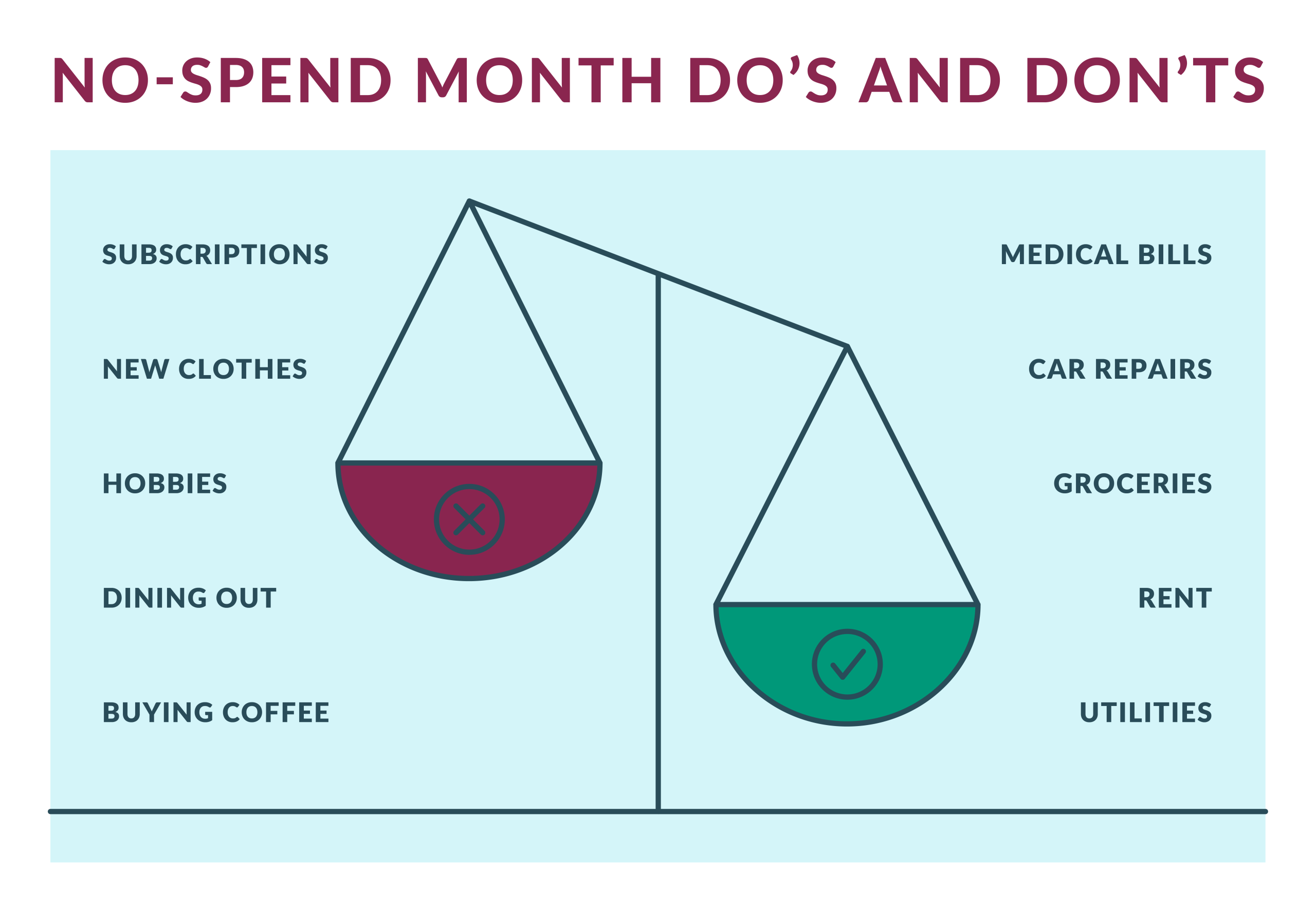Anúncios
A student credit card can be a powerful financial tool for young adults starting their academic journey.
With many benefits tailored to students’ needs, these cards offer an introduction to the world of credit in a controlled and educational manner, teaching students early on how to build a good and healthy credit score.
If you want to know what a student credit card is and the advantages and disadvantages of having one, keep reading for a step-by-step guide on how to obtain one.
What is a Student Credit Card?
Student credit cards are financial products specifically designed for young people enrolled in higher education institutions.
These cards typically have lower credit limits and special conditions that make them accessible to those just starting to build their financial history.
Additionally, they often include educational features to help students manage their finances responsibly.
Reasons to Have a Student Credit Card
Getting a student credit card can seem intimidating, but there are several compelling reasons to consider this option.
These cards are specially designed to help young adults familiarize themselves with responsible credit use.
From building a solid credit history to taking advantage of rewards and benefits, there are various advantages to having a student credit card.
Building Your Credit History
Having a student credit card is an effective way to start building a solid credit history.
Responsible card use, such as paying the bill on time and maintaining a low credit utilization rate, contributes to a good credit score.
A good credit history can make it easier to obtain loans and better interest rates in the future.
Gaining Credit Experience
Student credit cards allow young people to gain practical experience in managing credit.
By dealing with credit limits, monthly bills, and interest rates, students learn firsthand how the credit system works.
This experience is valuable for adult financial life, helping to avoid common debt pitfalls.
Enjoying Rewards and Services
Many student credit cards offer rewards programs, such as cashback, loyalty points, or discounts on purchases.
Additionally, they may include additional benefits like fraud protection, travel insurance, and emergency assistance.
These added services increase the card’s value and provide extra benefits to the user.
Having Coverage for Various Situations
Credit cards can serve as a financial safety net in emergency situations.
If a student needs money quickly for an unexpected expense, a credit card can provide the necessary funds.
This can be particularly useful for covering medical costs, urgent repairs, or even unplanned travel expenses.
What are the Disadvantages of Such a Card?
Despite the advantages, student credit cards also have disadvantages that need to be considered.
Lower credit limits may not meet all of the student’s financial needs.
Additionally, interest rates and maintenance fees can be high if the balance is not paid in full each month.
It is essential to use the card responsibly to avoid debt and damage to your credit history.
Step-by-Step Guide to Getting a Student Credit Card
Obtaining a student credit card can seem complex at first glance, but with the right guidance, it can be quite straightforward.
Having a credit card helps build your financial history and provides various day-to-day advantages.
To ensure you get the best card for your needs, it’s important to follow some essential steps. Keep reading to find out what they are!
Check the Market Options
Before applying for a student credit card, it’s important to research and compare the different options available.
Analyze factors such as interest rates, offered rewards, annual fees, and other benefits to choose the best one.
Credit card comparison sites are useful for finding the best option for your specific needs.
Check Your Credit Report
Even if you are just starting to build your credit history, it is important to check your credit report before applying for a card.
This helps identify any errors or issues that may affect your eligibility in the future.
Free online tools allow you to access your credit report and see your current score.
Pay Attention to Eligibility Requirements
Each student credit card has its own eligibility requirements, so make sure to check them.
Generally, you need to be enrolled in a higher education institution and be at least 18 years old.
Some financial institutions may require proof of income or a co-signer with a good credit history.
Gather the Documents
To facilitate the application process, have all the necessary documents ready as requested by each company.
This may include proof of college enrollment, identification, proof of residence, and, if necessary, proof of income or co-signer information.
Having these documents ready speeds up your application approval since all requested documents are already submitted.
Apply
After choosing the ideal card, gather the documents and complete the application online or at a bank branch.
Fill in all the requested information accurately and double-check before submitting.
After approval, you will receive your card and can start using it to build your credit and enjoy the benefits offered.
Student credit cards are valuable tools for young adults who want to start their financial journey responsibly.
By understanding the benefits and disadvantages, and following a careful selection and application process, students can make the most of these financial products.
Did you understand what a student credit card is? We hope so, and keep following the site to learn more!






